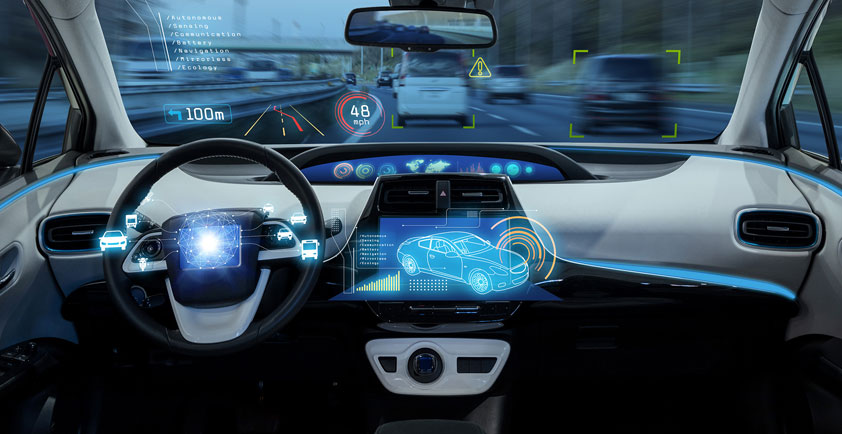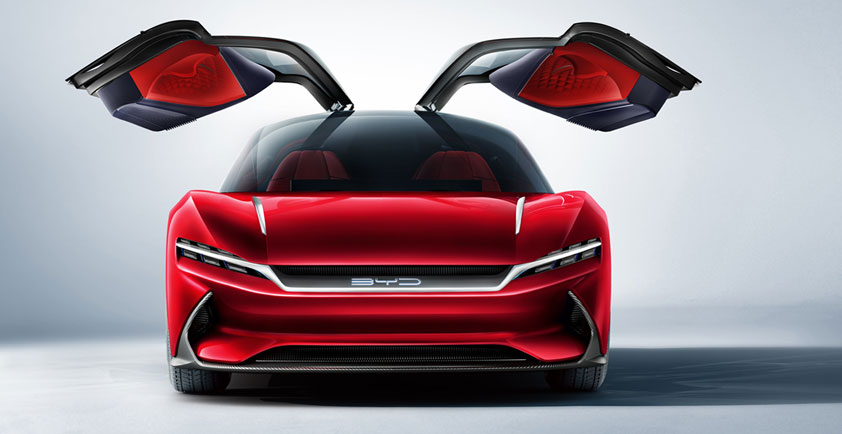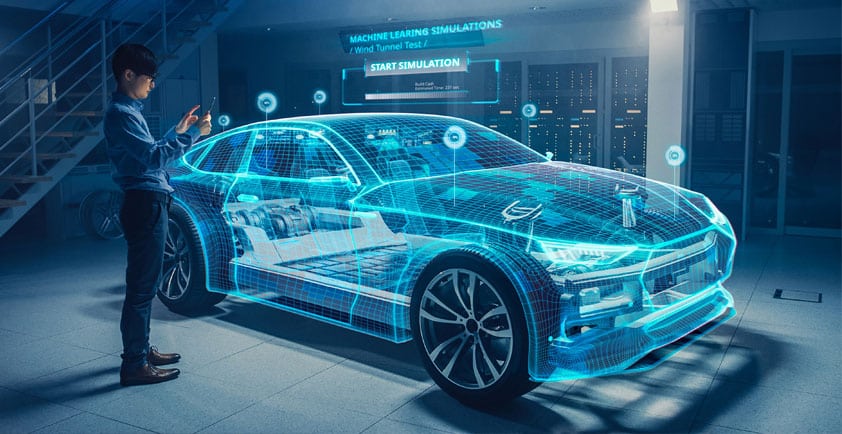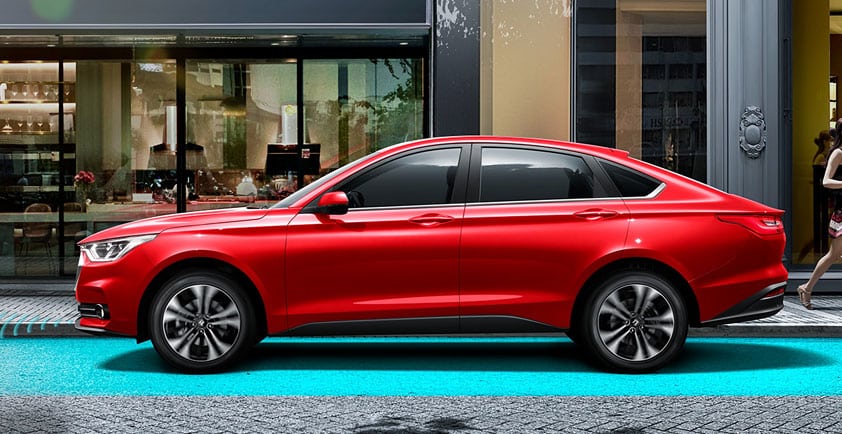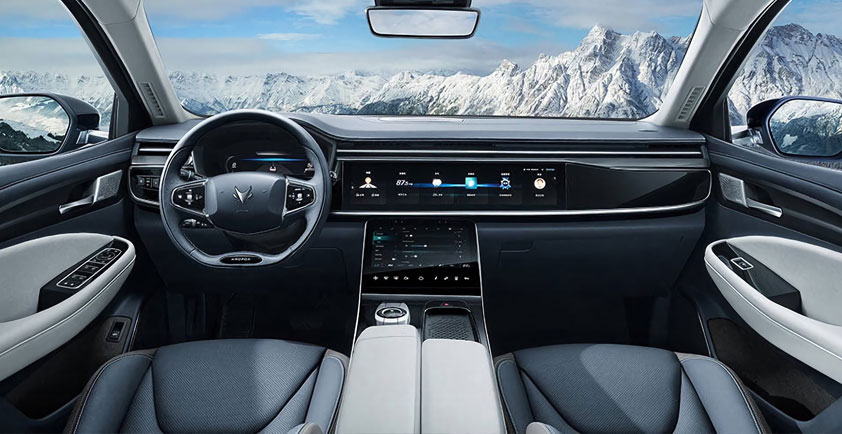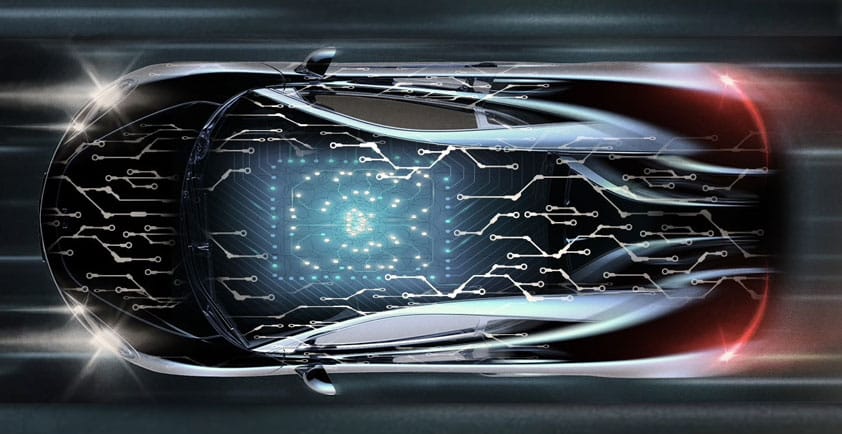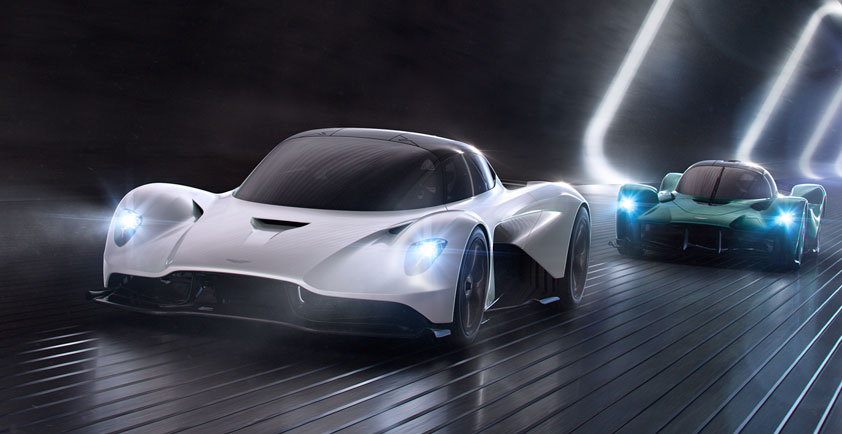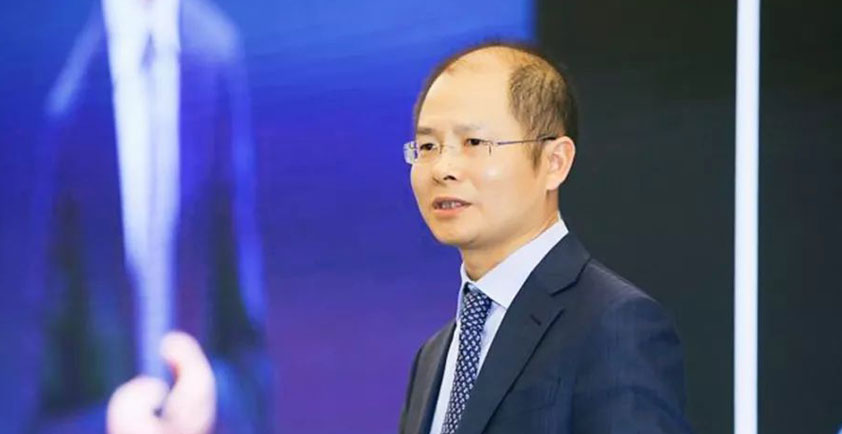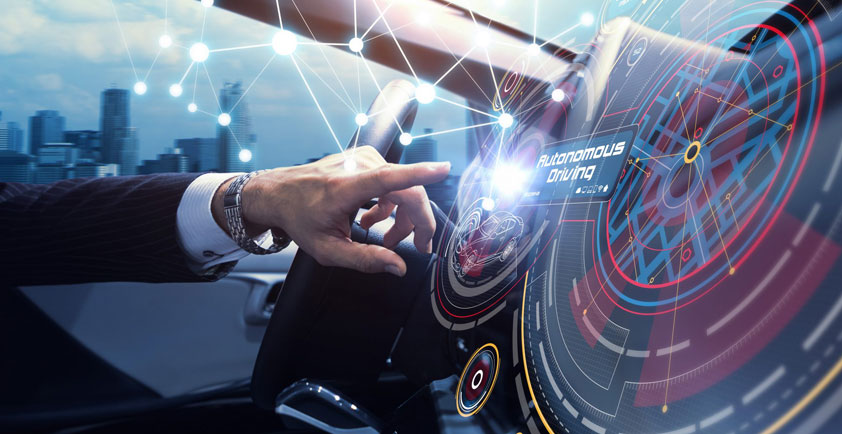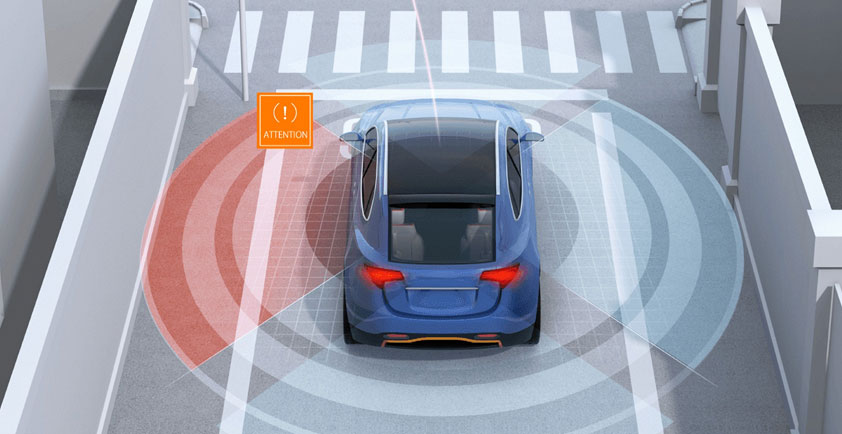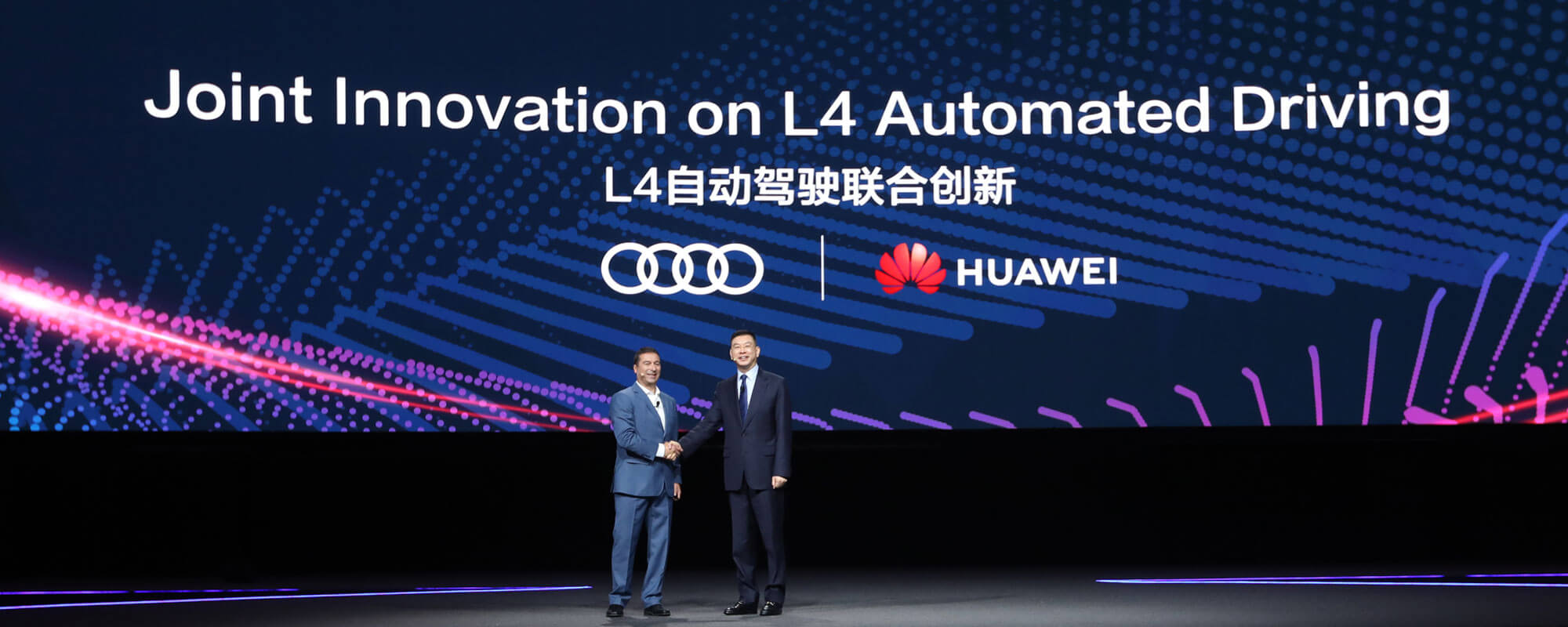
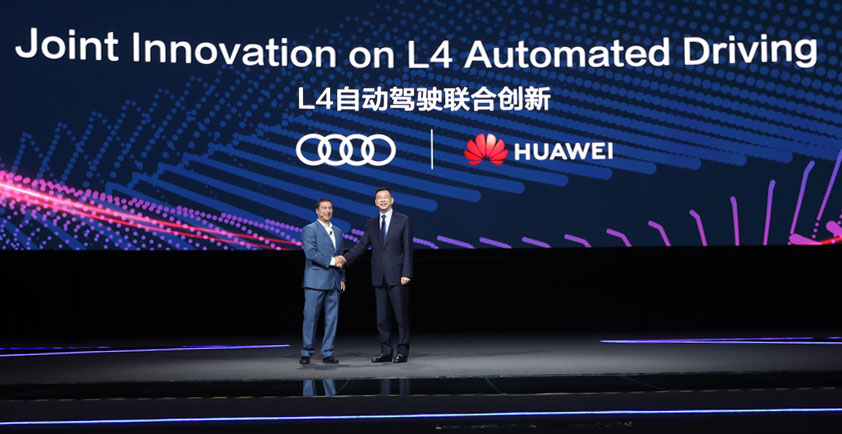
AUDI AND HUAWEI EXPLORE NEW DRIVING EXPERIENCE
In July 2018, Huawei and Audi signed a strategic partnership agreement as part of a meeting between Chinese Prime Minister Li Keqiang and German Chancellor Angela Merkel. The Berlin summit marked an important milestone in the cooperation between a premium car manufacturer and an exceptional information and telecommunications company.
Three Pillars of “Audi.Vorsprung.2025.” Strategy
The world is rapidly becoming more digital, mobile, and connected. Consequently, digitalization, urbanization, and sustainability are the core pillars of the “Audi. Vorsprung.2025.” strategy.
> Digitalization is a worldwide trend spawned by enormous technological progress. It is an enabler of Chinese economy, as China’s people are very open-minded about new technologies and data sharing.
> Concerning urbanization, cities are quickly reaching capacity and new solutions are required for individual and public mobility. We need to redefine mobility for urban environments.
> Regarding sustainability, we are pushing the development of innovative technologies in order to reduce our ecological footprint.
As part of the “Audi.Vorsprung.2025.” strategy, Audi is transforming itself into a provider of digital, autonomous, and electric premium mobility.
Through our cooperation with Huawei, we combine 100 years of Audi’s competence as a premium car manufacturer with the dynamic of a top-tier information and telecommunications company. Together, Audi and Huawei can achieve faster and more innovative products and services to fulfill rising demands from our Chinese customers.
Cooperation Milestones
I want to highlight some milestones in our strategic cooperation with Huawei.
Concerning vehicle-to-infrastructure functions, our cooperation began in 2017 in Wuxi. Then we expanded our partnership to a larger scale and achieved great success at China’s 2018 World Internet of Things Expo by demonstrating even more advanced vehicle-to-infrastructure functions.
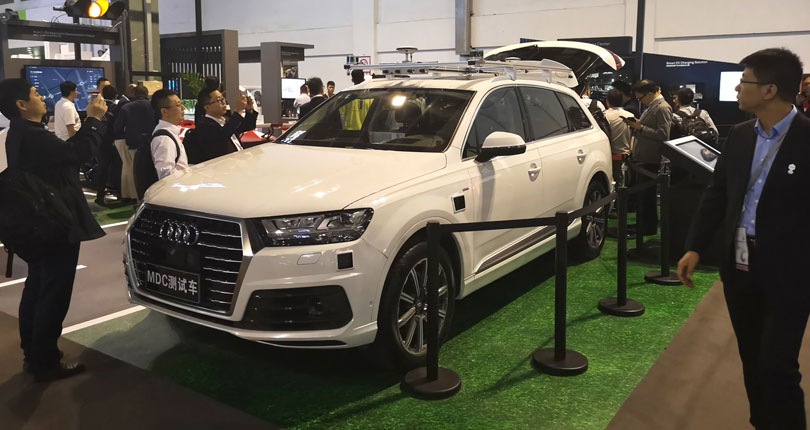
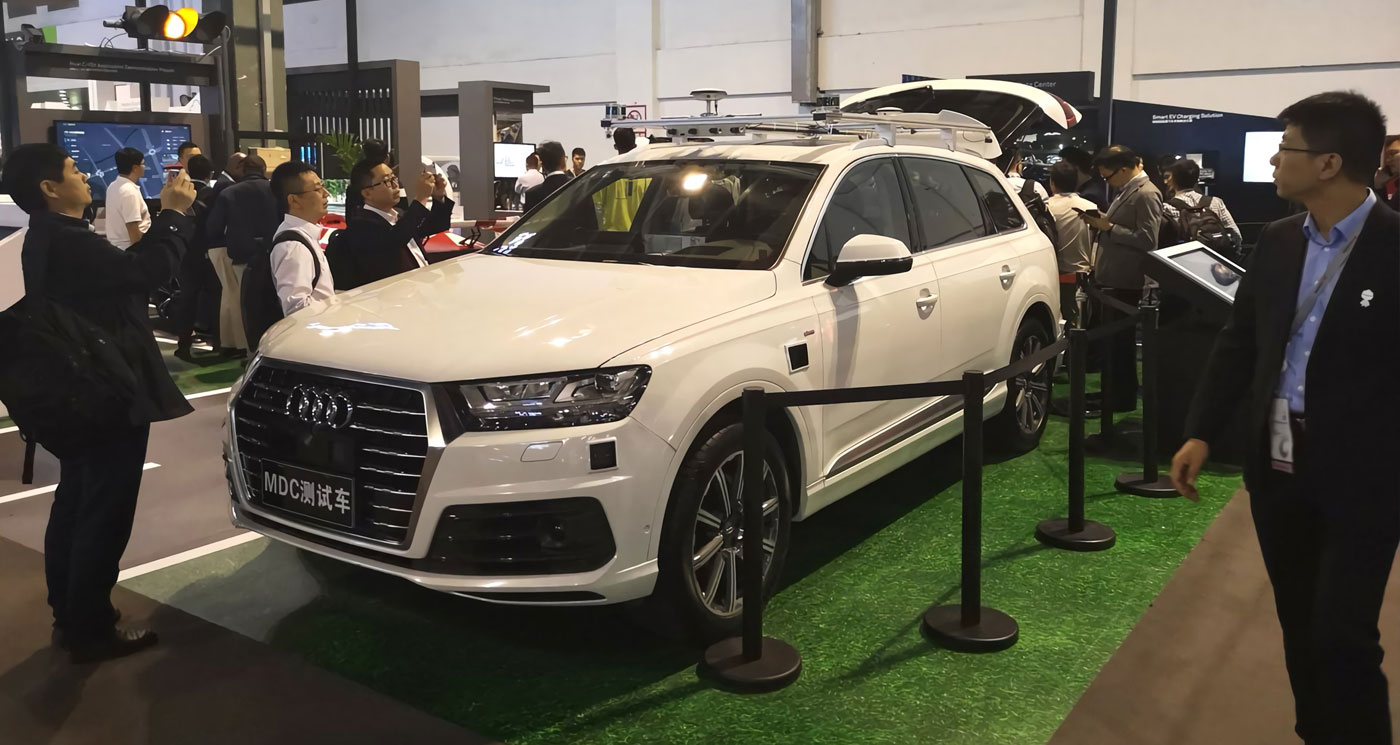
We have seen huge progress in the research of artificial intelligence technology and improved sensor fusion. Now, Huawei and Audi have achieved a major milestone by embedding Huawei’s Mobile Data Center (MDC) into one Audi Q7 prototype vehicle, able to perform level 4 highly automated functions. This vehicle shows a capacity of handling complex urban traffic environments while the driver can leave the steering wheel to the car. The car is able to drive through city traffic, identify pedestrians and traffic signals, and can park itself.
Another area of cooperation is the joined training of experts in the field of Intelligent Connected Vehicle (ICV). We believe our industries need the best engineers in this complex technology field, so we are planning the establishment of an ICV training academy.
I look forward to an even closer cooperation between Huawei and Audi in the future, which will substantially benefit both companies.
Huawei’s MDC
Huawei’s MDC is designed to support edge computing for automated driving and other services. It features deterministic low latency, system-level energy efficiency, excellent performance, strict security, and high reliability. The MDC 600 features a computing performance of 352 Trillion Operations per Second (TOPS), and supports L4 highly automated driving calculations. It can process data from 16 cameras, six millimeter-wave radars, 16 ultrasound radars, and eight LiDAR modules. Meanwhile, end-to-end delay is less than 200 ms (60 percent lower than the industry benchmark), which meets low latency requirements for automated driving. The MDC’s overall system-level energy efficiency reaches 1 TOPS/W and ranks the highest (Level D) among Automotive Safety Integrity Level (ASIL) mechanisms.
By Saad Metz, Executive Vice President R&D Audi China
